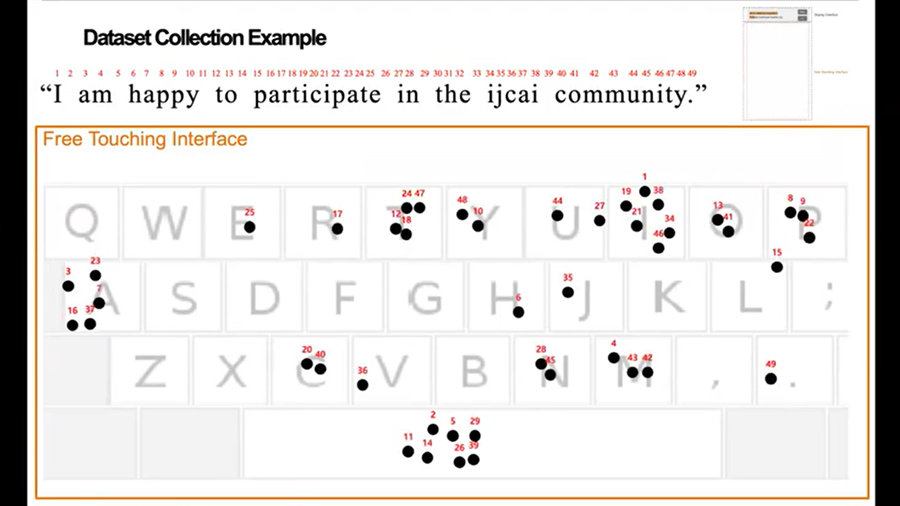In the midst of one of the world’s worst silicon shortages, you might be wishing you had a spare NVIDIA GTX 1080 Ti GPU just laying around for you to use in gaming PC. But a group of South Korean researchers have instead used it to train an AI keyboard to make typing on a smartphone faster than ever. How? By eliminating the on-screen keyboard itself.
Sahng-Min Yoo and his team at the Korea Advanced Institute of Science and Technology have recently unveiled the Invisible Mobile Keyboard, or IMK for short. It’s an AI-powered keyboard that lets you type away anywhere on your smartphone display, and it’ll key in exactly what you meant to type with astonishing accuracy, without ever showing you an actual keyboard layout. Because most people will already know roughly how a keyboard’s layout is, IMK can work out what you typed in in relation to the position of what you’ve pressed.

Powering the IMK is the Self-Attention Neural Character Decoder, which itself has two separate parts to it. The first part is a geometric decoder that takes in all the touch input the user is giving the IMK. It then converts the touch input sequence into a character sequence based on the where the user touched the invisible keyboard. The second part is a semantic decoder, which corrects the errors from the first decoder by actually attempting to figure out what those touch inputs could possible mean in the language of choice.
Yoo and co have done this by training the AI decoder using the One Billion Word Benchmark that was created by Google, Cambridge University and the University of Edinburgh back in 2014. This was done via the open-source PyTorch 1.4.0 library on an NVIDIA GTX 1080 Ti GPU and a Linux-based workstation computer.
As for why they’ve come up with the IMK, well according to their research paper, the on-screen keyboards tend to lead to a high rate of typos, take up a large chunk of the screen and forces users to change their typing methods to fit the on-screen keyboard better. The IMK would in turn let users type anywhere on screen, and it’ll learn the typing habits of the user to accurately give you what you’ve ‘keyed’ in. Tests have so far shown that IMK users were able to type up to 157.5% faster compared to the typical on-screen keyboards found on smartphones, with speeds of up to 51.6 words per minute.
If you’d like to read more about Yoo’s work in more detail, you can check out their video demonstration or click here to read their research paper.
0 comments :
Post a Comment